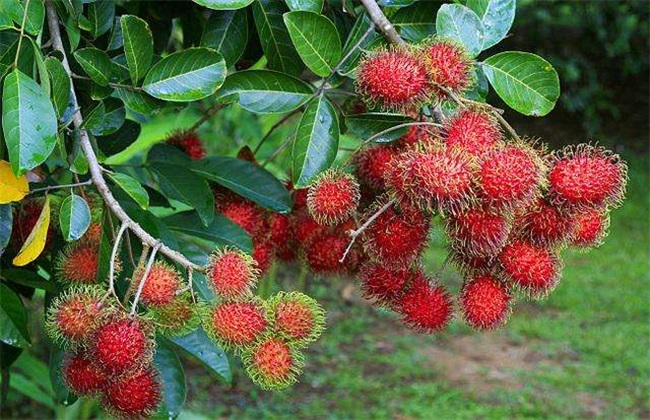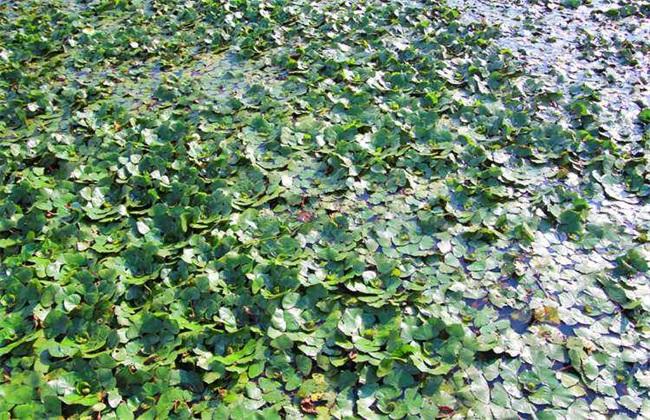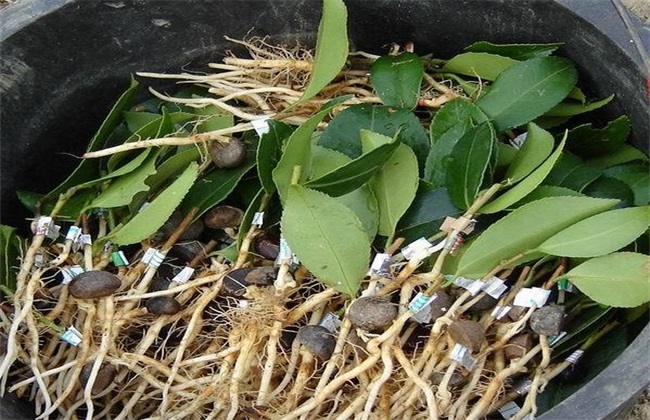Field management method of rambutan
Rambutan many people are mistaken for litchi, although they taste similar, but also two completely different fruits. Rambutan has high nutritional value, can be made into jam, juice, etc., and its appearance is more beautiful, ornamental value is also very high. So how do we manage rambutan when we grow it? The following small series brings you the field management method of rambutan. Let's take a look together!

1. Post-planting management
During the first two weeks after rambutan planting, it is necessary to water once a day, but pay attention to controlling the amount and keeping the soil moist. In the leaf growth peak period, that is, about two months after the start of topdressing, fertilizer mainly urea. The topdressing method can be applied by nutrition bags, which can prevent fertilizer waste and reduce planting cost. Then in the late growth stage, we should also properly carry out intertill weeding work. Pay attention to the position when intertill, and do not hurt the roots of plants. Then topdressing once a month, control the proportion of nutrients such as nitrogen, phosphorus and potassium to ensure that rambutan can absorb nutrients normally.
2. Planting density
Planting density is very important for rambutan growth, and reasonable row spacing should be maintained. The spacing is controlled at about two meters to ensure that each red hair fruit tree can have sufficient growth space and provide sufficient light for the growth of rambutan. If planted too densely, it will have a great impact on the growth of rambutan. It will not only reduce the fruit hanging rate of rambutan, but also lead to uneven light reception of rambutan and decline of fruit tree growth. The quality of fruit will also be greatly affected, so we must control the planting density to ensure the growth of rambutan.
3. Growth management
When rambutan grows to about 5 months old, it is necessary not only to loosen the soil and weed, but also to increase the amount of fertilizer applied appropriately. Especially compound fertilizer, because this time is rambutan growth peak, so to meet rambutan nutrition needs. And rambutan in the seedling stage, the resistance is relatively weak, so vulnerable to pest infestation. Therefore, we must pay attention to the prevention and control of pests. Periodically spray disinfection, pay attention to spraying environment and time, not in rainy days, to prevent weakening of efficacy.
4. Pest control
At the seedling stage of rambutan, the most common pest is Lymantria, and the main damage object is rambutan leaves. When planting, we must observe more and eliminate it in time. If the number of insects is not much, then artificial killing can be achieved, if the need to use drugs, then use emamectin, phoxim and other pesticides for spraying. Common diseases are powdery mildew, downy mildew, etc., so we must often observe the growth of rambutan in the planting process. Diseases and insect pests should be detected early and treated early to avoid unnecessary losses.
The above is a simple introduction to the field management methods of rambutan. Management will have a great impact on the yield and quality of rambutan, so we must pay more attention. Today's introduction is here, this article is for reference only, thank you for reading and support.
Related
- Moge, come on! The staff of the peasant association in the producing area of cantaloupe were frightened when the crowd gathered.
- Causes and Solutions of low Fruit setting rate of Apple
- Symptoms and control measures of passion fruit virus disease
- Fruit growing lesson: how do apple orchards keep high yields?
- Can you build orchards in the mountains? What are the pros and cons?
- How to manage the coloring period of Crisson grape?
- This paper introduces the processing technology of two kinds of fig products.
- How much is a month for retired teachers in rural areas by 2020?
- How can strawberry planting increase sugar content? We should pay attention to management in many aspects.
- What are the cultivation techniques on how to improve the yield of golden fruit?



